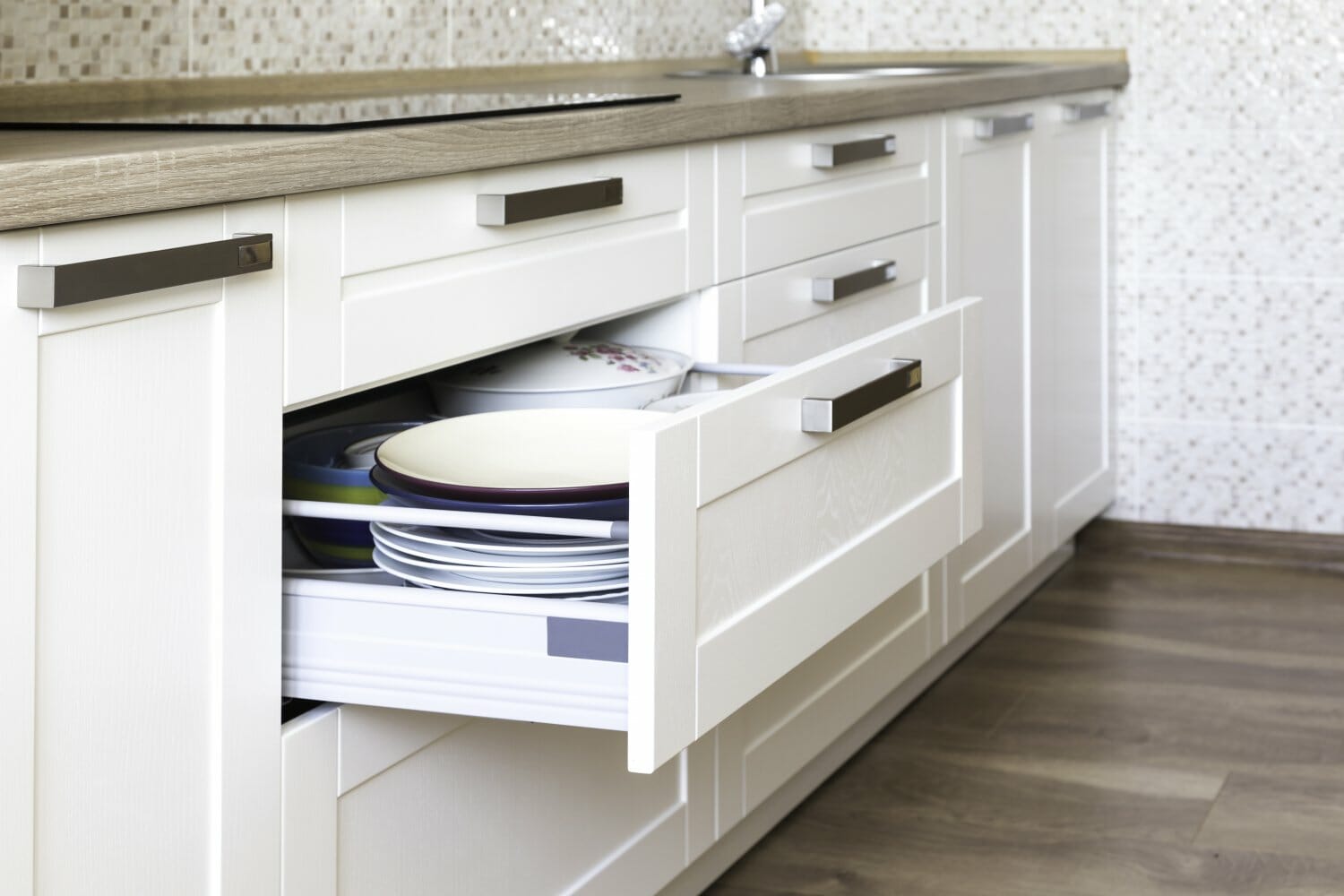Assessing Your Kitchen Storage Needs
Effective kitchen storage is crucial for maintaining a well-organized, functional space where everything has its place. Whether you’re building a new kitchen or reorganizing an existing one, understanding how much storage you need is essential. This guide will help you determine the right amount of storage, tailored to your cooking habits, kitchen size, and lifestyle.
1. Analyze Your Cooking Habits
Your cooking habits play a significant role in determining how much storage you need. If you’re a culinary enthusiast who loves to experiment with various recipes, you’ll require more space for ingredients, gadgets, and cookware. On the other hand, if your meals are simple and require minimal preparation, your storage needs will be considerably less. Consider the following:
- Frequency of Cooking: Regular home chefs need more pantry space for staples and a wider variety of cooking tools.
- Type of Cooking: If you bake often, you’ll need storage for baking sheets, mixing bowls, and specialized equipment. For those who prefer grilling, outdoor kitchen storage might also be necessary.
- Entertaining Needs: If you frequently entertain guests, you’ll require additional storage for serving dishes, glassware, and extra cutlery.
Countertop Storage:
- Appliance Garages: Hide away frequently used appliances like toasters and coffee makers while keeping them easily accessible.
- Utensil Crocks: Keep essential cooking tools within arm’s reach without cluttering drawers.
- Tiered Shelving: Provides additional vertical storage for spices, oils, and other frequently used items.
5. Incorporate Multi-Functional Storage Solutions
Multi-functional storage solutions are invaluable in maximizing kitchen space. These can be especially useful in smaller kitchens where space is at a premium.
Examples Include:
- Kitchen Islands with Built-in Storage: Double as prep stations and dining areas while providing ample storage underneath.
- Overhead Pot Racks: Free up cabinet space by storing pots and pans overhead.
- Roll-Out Pantry Cabinets: Slim pull-out cabinets can fit in narrow spaces and store an impressive amount of items.
6. Plan for Future Needs
Your kitchen storage needs might evolve over time. Consider future-proofing your kitchen by opting for flexible storage solutions that can be easily adjusted or expanded.
Considerations:
- Growing Family: Plan for extra storage if you anticipate needing more space for additional family members.
- Changing Diets: Dietary changes might require more space for fresh produce or specialty items.
- New Hobbies: If you take up baking or juicing, you’ll need to accommodate additional tools and appliances.
Optimizing Every Inch of Your Kitchen
1. Utilize Vertical Space
Maximizing vertical space is crucial in any kitchen, particularly smaller ones. Tall cabinets, shelving units, and wall-mounted racks can significantly increase your storage capacity.
Strategies for Vertical Space:
- Ceiling-Height Cabinets: Extend cabinets to the ceiling for extra storage of infrequently used items.
- Open Shelving: Ideal for displaying attractive items like glassware or dishes while keeping them accessible.
- Wall-Mounted Organizers: Pegboards, magnetic strips, and hooks can hold utensils, knives, and other kitchen tools.
2. Maximize Drawer Space
Drawers are often underutilized in kitchens. With the right organization, they can store much more than you might expect.
Drawer Organization Tips:
- Drawer Dividers: Keep utensils and gadgets neatly separated for easy access.
- Deep Drawers: Use these for bulky items like pots and pans or stackable storage containers.
- Tiered Inserts: These allow you to store multiple layers of items in a single drawer, maximizing space.
3. Consider Hidden Storage
Hidden storage solutions help keep your kitchen looking clean and uncluttered while ensuring that everything has a designated place.
Hidden Storage Ideas:
- Toe-Kick Drawers: Utilize the space beneath your lower cabinets for storing flat items like baking sheets.
- Pull-Out Pantries: Narrow pull-out cabinets can be installed in small gaps, offering discreet storage.
- Cabinet Doors: Attach organizers to the inside of cabinet doors for storing spices, lids, or cleaning supplies.
Conclusion: Finding the Perfect Balance
Determining the right amount of kitchen storage is a balance between functionality and space efficiency. By carefully analyzing your cooking habits, inventory, and kitchen layout, you can create a storage system that meets your needs while maintaining a clutter-free environment. Whether you’re a gourmet cook or someone who enjoys the occasional home-cooked meal, the right storage solutions will make your kitchen a more enjoyable and efficient space.


